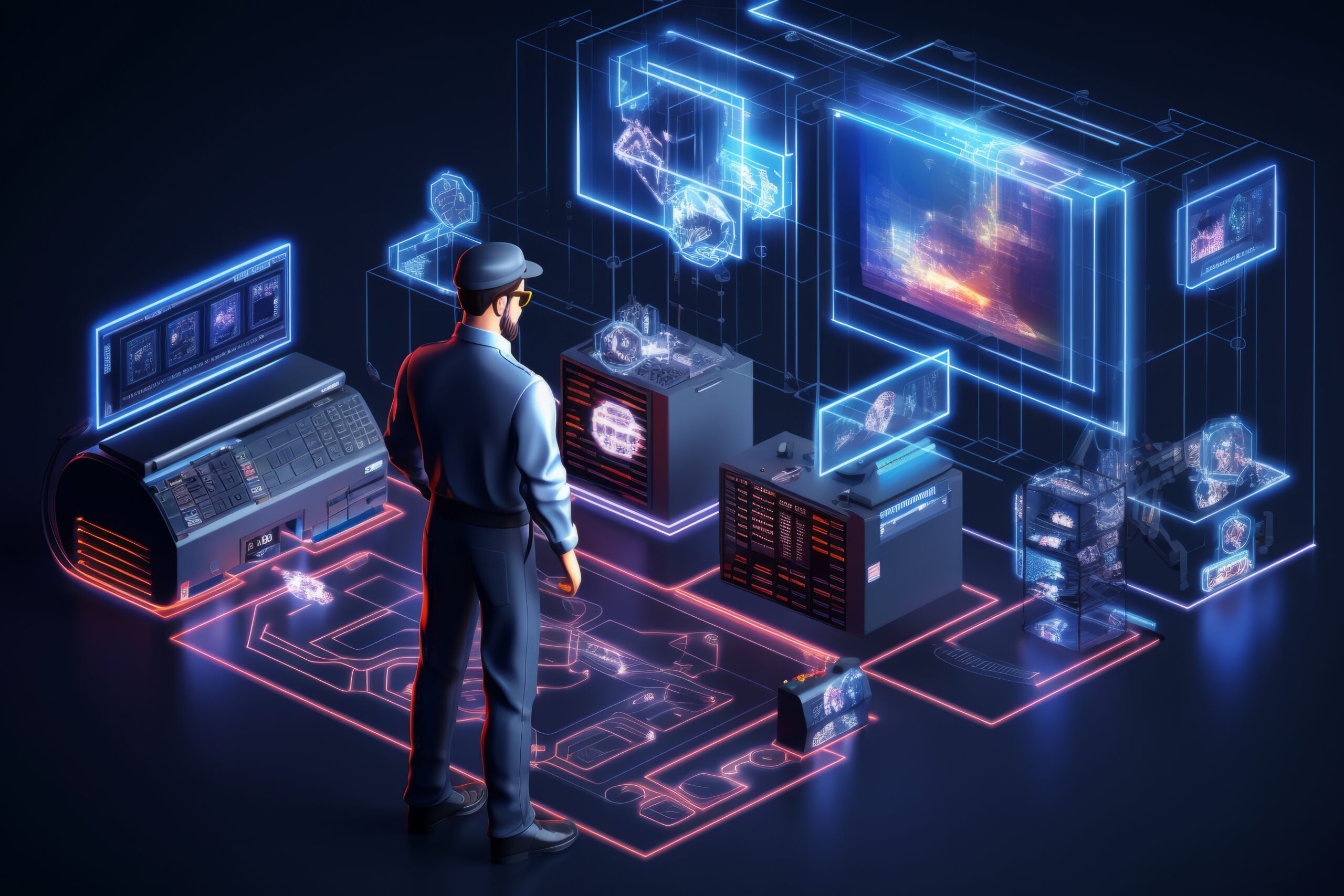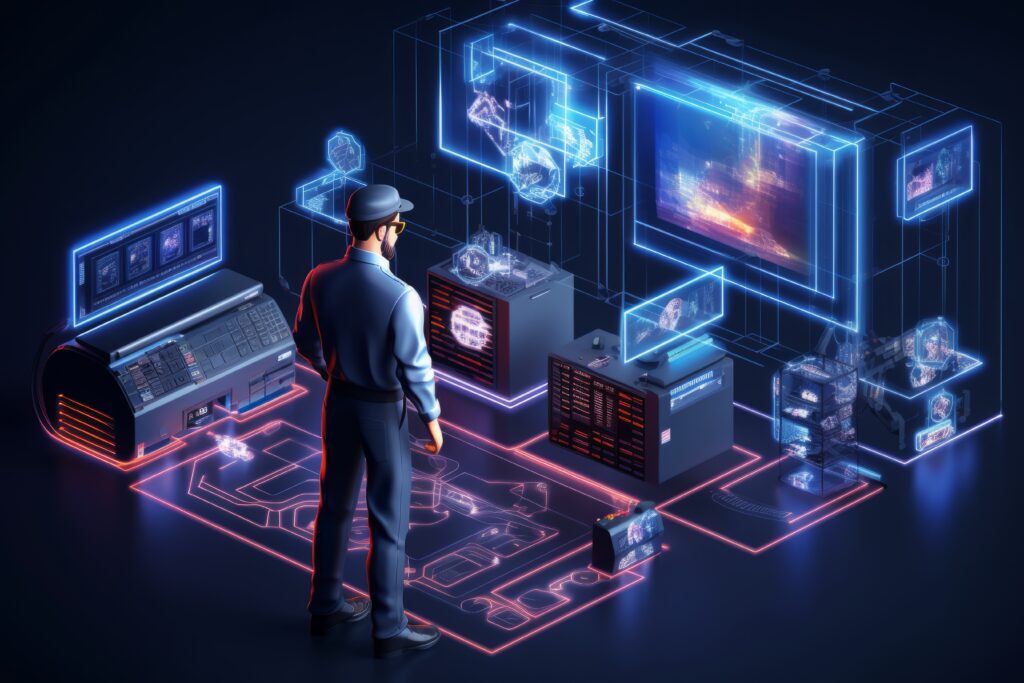
Why Web3 Is Truly Revolutionary

When the internet was first unleashed into the world, it did so with little fanfare. Web 2.0, our current web, is diametric to the initial interaction of the web. Users themselves populate the web with their creations and conversations.
The internet is awash with information and misinformation alike with search engines doling out articles with authority as well as random ramblings. Now, we could see yet another metamorphosis, this time prompted by the proliferation of blockchain technology.
Read-Write-Own
In the days of old, the internet was primarily a read-only technology with a strong emphasis on exchanging text documents. As time and technology moved forward, the internet moved forward too and allowed for the greater exchange of data via video and audio file sharing. This user generated information, however, is expressly owned by the platforms that host the users which has become a point of contention for many content creators.
Web3 promises an alternative to the standard platform heavy internet of today with a user owned and operated version that will supposedly allow for greater autonomy and control. The proposition goes like this: instead of being beholden to a singular entity with tight content and copyright controls users will be able to post their own content from their own server which acts as a direct download node for other users.
This process, in theory, should give greater control to users and platform owners who seek to decentralize the internet in favor of a more conceptually democratic one. An idea that certainty holds weight and that has piqued the interest of investors and developers alike. In practice, however, the idea has yet to be tested.
Critics argue that it will only embolden the current predatory tactics of the current internet. In a desperate bid for escape from a fairly draconian system people are now turning to Web3 as not only an alternative but rather an evolution of the internet.
Equal permissions
Web3 technologies are centered around the idea of autonomy and self-governance. These attitudes are at odds with the internet of today and how they view users and content. Web3 technologies seek not only to democratize content but also power online.
In Web2 the platform holders held dominion over each user and piece of content by utilizing tools and roots that are not available to content creators.
The Web3 internet wants to eliminate this power imbalance by allowing creators and users to see how their information is being utilized online. Equal permissions is just as much about revolutionizing the internet as it is about forcing transparency in the very murky world of the internet.
Native digital payments
Even more enticing to those seeking alternative currency is the promise of native digital payments without middlemen. This evolution of the VR space is seen by some to be the next evolution of the economy, one without the traditional restraints placed upon us today.
Native digital payments are a big part of this push forward and will allow people to exchange completely digital goods online.
Conclusion
The first version of the web was read-only. A company owned a website, users visited it without contributing. Now, the web is powered by millions of creators and commenters. Soon, with the power of Web3, users can own a portion of the platform they empower.
“Web3 is really sort of an alternative vision of the web, where the services that we use are not hosted by a single service provider company, but rather they’re sort of purely algorithmic things that are, in some sense, hosted by everybody,” Gavin Wood, the computer scientist who coined the term Web3, told CNBC. “Ultimately … I would hope that Web3 fulfills the needs of the future in a way that can never really be fulfilled by these centralized service providers.”































































































































































































































































































































































































































































































































































































































































































































































